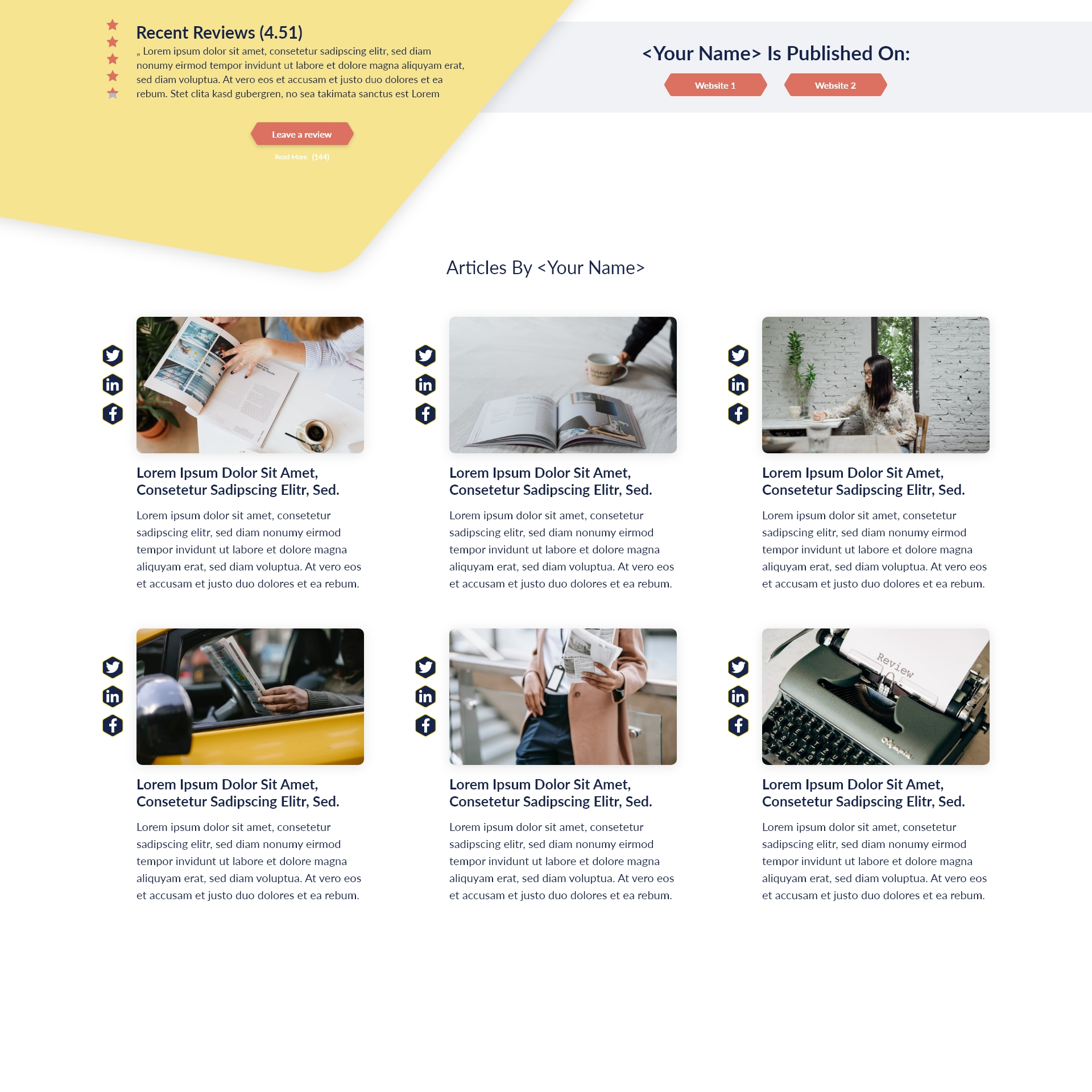In 2017, the poverty rate of US-based disabled working-age individuals was over 26%, according to a study conducted by Cornell University. More often than not, the term “disabled” is synonymous with “low-income,” and for a good reason. For example, the US Bureau of Labor Statistics concludes that disabled Americans face a double unemployment rate compared to non-disabled individuals. Additionally, disabled people earn lower wages compared to your average employees. As such, those with disability receive limited access to healthcare due to living below the poverty line.
Living within poverty and experiencing limited access to or complete lack of healthcare increases the likelihood that a working-age individual may develop a disability. Many of these disabilities affect normal function at work and harm their outlook on personal health and beyond. For this reason, the creation of government-funded programs strives to reduce the poverty gap experienced by disabled individuals. Unfortunately, many challenges disabled employees face are tough to overcome, and they are left without a solution.
Decreased Access to Career Advancement

Many disabled employees also endure higher health-related expenses, leading to unparalleled economic hardships. Company culture significantly affects the treatment of disabled workers, their overall wellness, and more. For example, clan culture is just one style of company culture that supports a consensus in working toward completing a goal. Unfortunately, company culture is worthless if leadership fails to involve disabled employees or avoid holding others accountable.
Regardless of the type of culture, a strong company culture operates within well-defined processes, paths to success, and procedures. In this kind of environment, a disabled worker can thrive and fits into the plan due to the defined expectations of each team member. In addition, improved company culture enables disabled workers to manage their time well through flexible schedules. Technological jobs primarily encourage this kind of work situation because they can perform in a comfortable environment and involve a quick onboarding process.
Involving Leadership
The difficulties millions of disabled Americans face should come as no surprise. However, there are many ways leadership could simplify the application process for disabled employees. Sheer awareness will go to great lengths in reducing the burden disabled Americans carry, especially in terms of completing tasks on the job. Offering support to and encouraging disabled applicants to apply for a role is a straightforward way your company can create a more diverse, functioning workplace. Some of the ways management can make the process more accessible include:
- Review the job description to ensure verbiage will not discourage disabled individuals from applying.
- Offer phone interviews or alternative methods of interviewing applicants who may physically struggle to arrive on-site.
- Provide alternative application options for hearing and even vision-impaired interviewees alike.
- Ensure any online hiring documents and applications are screen reader compatible, utilizing fonts and colors that are ADA compliant.
- Offer hiring documents and applications in large-print or braille editions.
After you have employed a disabled applicant, there are several ways to ensure their employment starts on the right foot. If you haven’t already done so, this is the perfect opportunity to train your current management staff on nurturing the work-life of a disabled employee. These individuals require the same training as an abled-bodied employee and may seek accommodations as needed. If they struggle with mobility issues, you may need to make adjustments, like keeping the floor clear and storing items at the correct height.

Individuals with a disability deserve the same access and opportunities as the rest of the world, highlighting the importance of sensitivity training. If your employees don’t understand how to treat a disabled coworker, you are at risk of allowing an employee to feel inferior. In addition, there are plenty of assistive technologies to aid in the success of disabled employees. Tools often include sound amplifiers, screen magnifiers, and voice-recognition technology, to name a few. Plus, they are typically inexpensive to provide and can make all the difference for your employees.
Handicapped accessibility is also important, especially regarding bathrooms, parking spaces, break rooms, and meeting rooms. If you have never employed a disabled individual, now is the best time to review your current office situation and culture to see where you can make improvements. You may not always be aware of the disabilities of a potential hire, so, as a leader, it is your responsibility to maintain a workspace that is inclined to support the flourishment of employees of all kinds.







